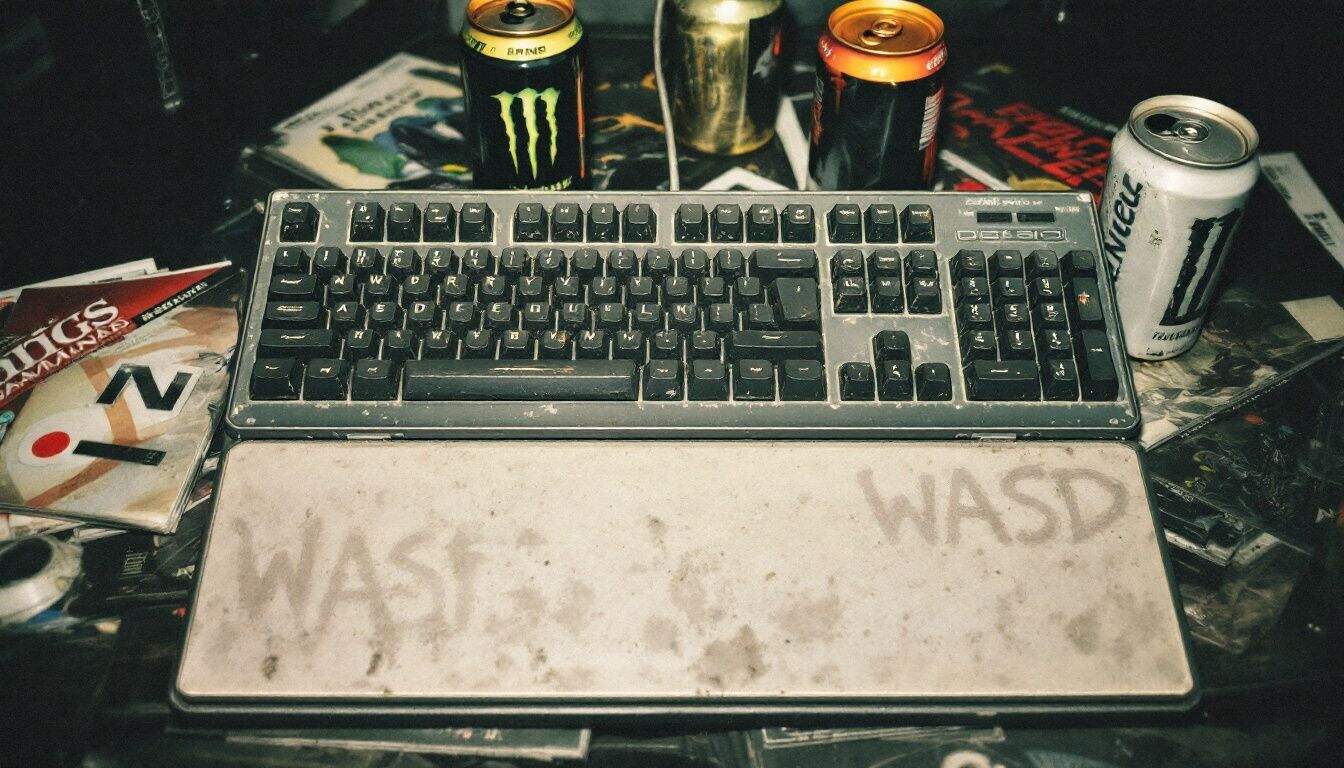Is CS:GO 1 gone? Many Counter-Strike players now face confusion, since Valve replaced the classic CS:GO with Counter-Strike 2 on Steam. After dominating as Steam’s most popular first-person shooter for over a decade, this shift leaves many questions unanswered.
Here are eight wild facts about what really happened—and what’s next for your favorite game in 2025.
Key Takeaways
Valve officially shut down CS:GO on September 27, 2023, replacing it on Steam with Counter-Strike 2 under the same App ID (730).
You can still play CS:GO through a limited “Legacy Version” included within CS2—but it’s mostly for offline use, offering no online matchmaking.
Counter-Strike 2 uses Valve’s newer Source 2 engine, bringing better graphics, lifelike smoke effects, and a sub-tick system that makes gameplay smoother and more responsive.
Many community-run servers continue hosting classic CS:GO matches, keeping tens of thousands of players connected to the original gameplay through custom setups.
By January 2025, Counter-Strike 2 had hit a peak of 1.59 million concurrent players—a strong adoption rate—even though player reactions to the switch were mixed.
Table of Contents
What Happened to CS:GO 1?
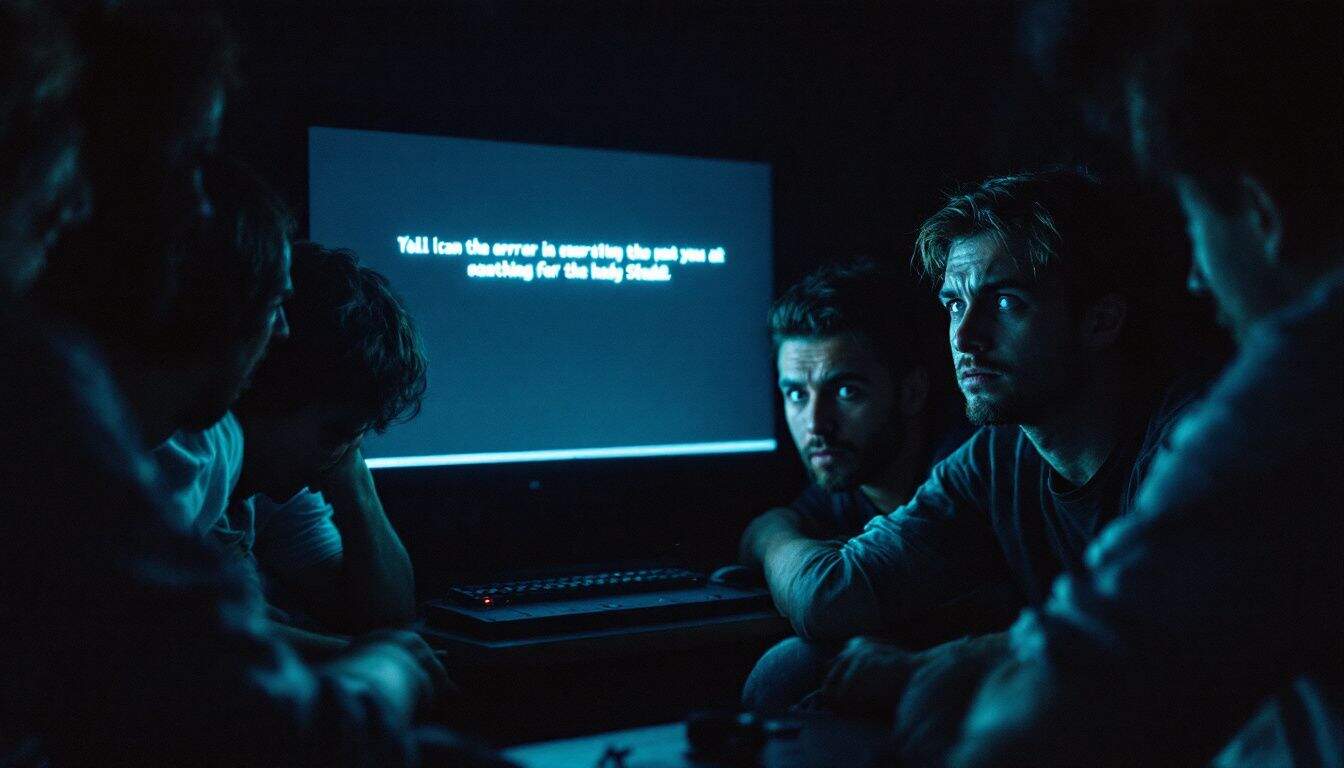
CS:GO 1 faced a major shift when Valve launched Counter-Strike 2 in September 2023. The new game replaced the original CS:GO on Steam, leaving many fans worried about losing access to the classic version they loved.
The transition to Counter-Strike 2
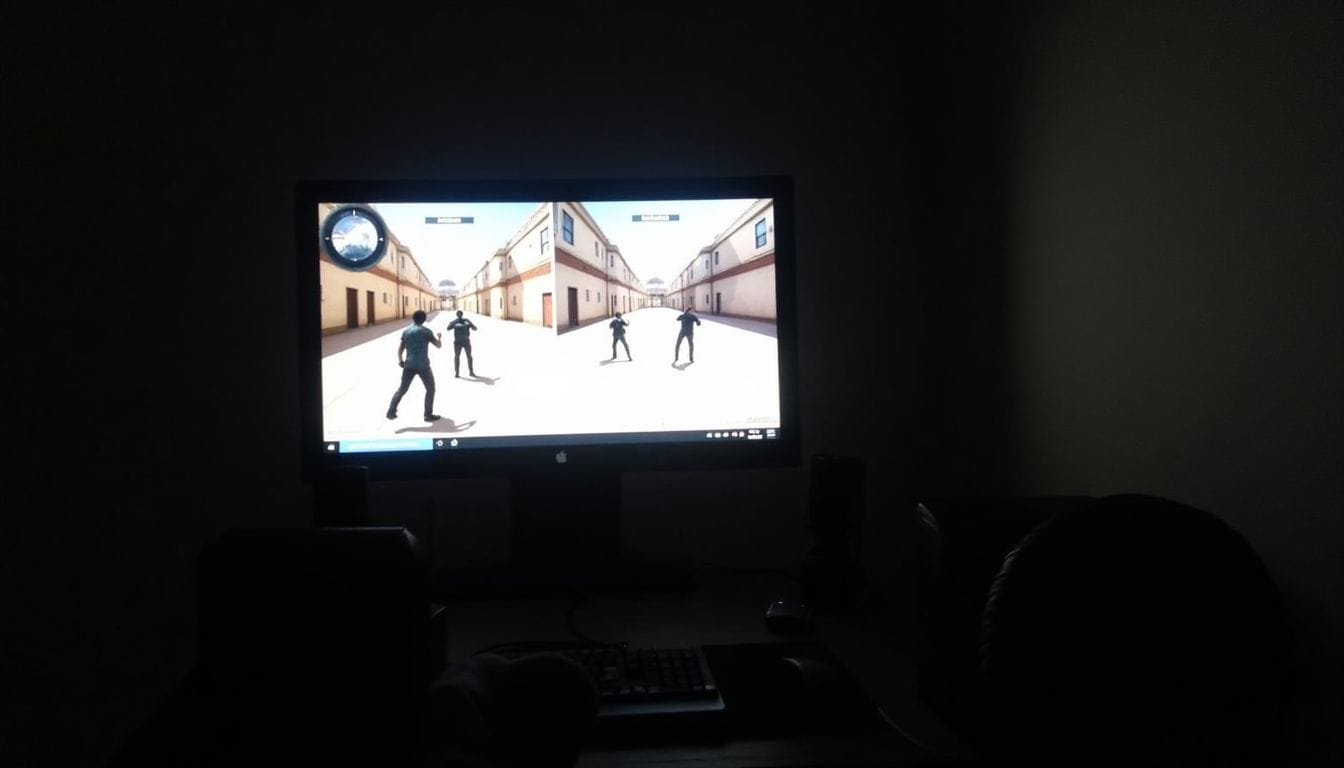
Valve officially ended Counter-Strike: Global Offensive on September 27, 2023—and fully replaced it with Counter-Strike 2. It wasn’t just a simple upgrade; it was a complete overhaul.
Many longtime players felt surprised by the sudden change, especially those invested in classic maps like Dust II and Inferno. On Steam, the Counter-Strike 2 game now sits under App ID 730, the same one previously assigned to CS:GO.
This wasn’t just about visuals—the entire Source engine got an upgrade, improving graphics and gameplay in ways fans had wanted for years.
I could feel the improvements immediately during my first match in Counter-Strike 2. Guns handled more smoothly, and the sharper graphics made spotting opponents a whole lot easier.
Several friends still have nostalgia for some CS:GO features, but most of us appreciate the fresh changes. For anyone interested in wagering on CS2 items or skins, CSGOLuck provides plenty of betting choices.
Valve completely ended CS:GO support on January 1, 2024, making Counter-Strike 2 the standard game for all FPS fans.
Concerns about the removal of CS:GO
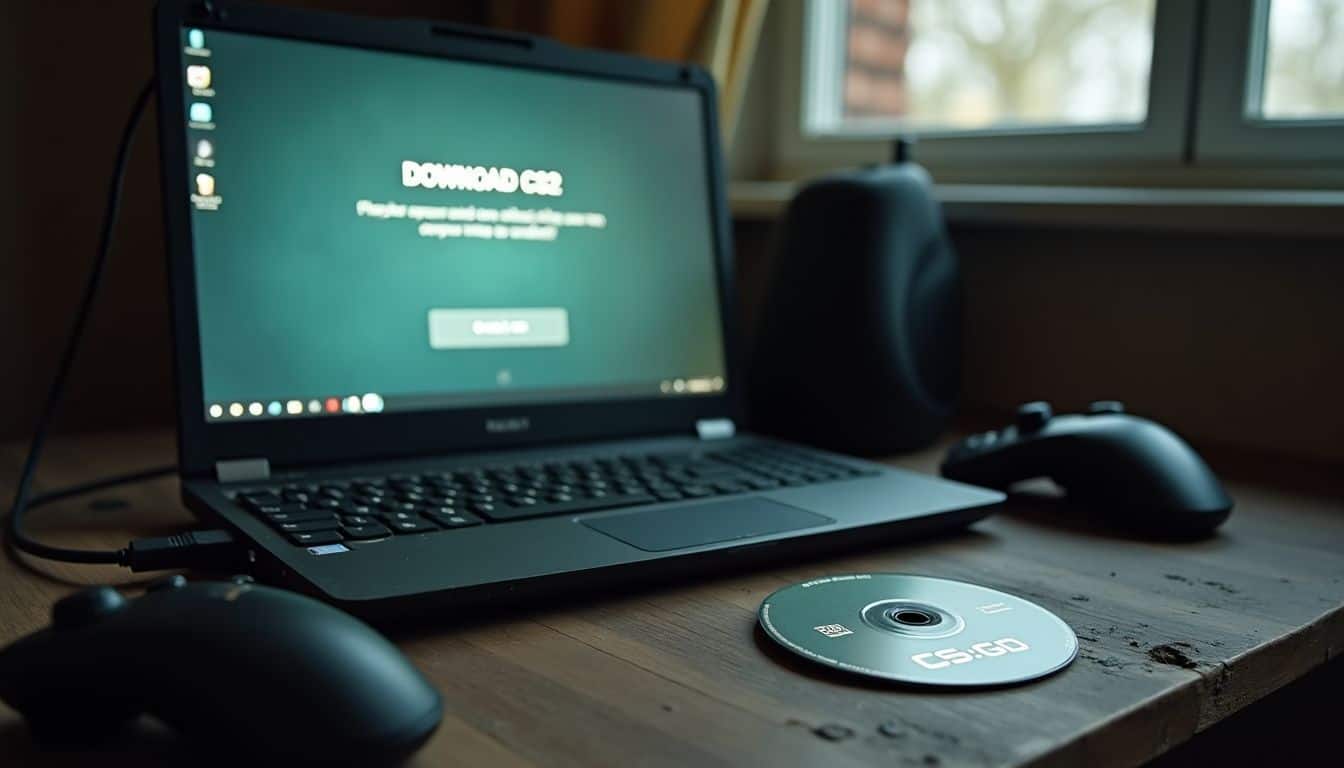
The move to Counter-Strike 2 has left a lot of fans uneasy—worried they’ll permanently lose the original CS:GO experience. Players built strong connections with the classic game over years spent perfecting their skills.
Completely removing CS:GO from Steam was a heavy blow for many longtime fans. Clicking any CS:GO Steam link now automatically sends you right to CS2; there’s no simple way back into the original.
The loss of CS:GO feels like saying goodbye to an old friend who shaped my gaming life for years.
Many in the gaming community openly share sadness about this sudden switch. The emotional toll is real—with fans truly grieving what feels like a personal loss. Although Valve quietly provides a limited beta version (1.38.7.9) through the Steam Properties panel, it’s mainly a basic demo viewer—with major limitations.
You can’t join competitive matchmaking or participate in online matches at all through this version. To make matters worse, Valve recently blocked a dedicated mod aiming to recreate the classic Counter-Strike 1.6 feel within CS:GO—even though creators spent eight long years developing it.
Fans who invested thousands of hours mastering legendary maps such as Nuke now feel they’ve lost part of who they are as gamers.
Is CS:GO 1 Completely Gone?
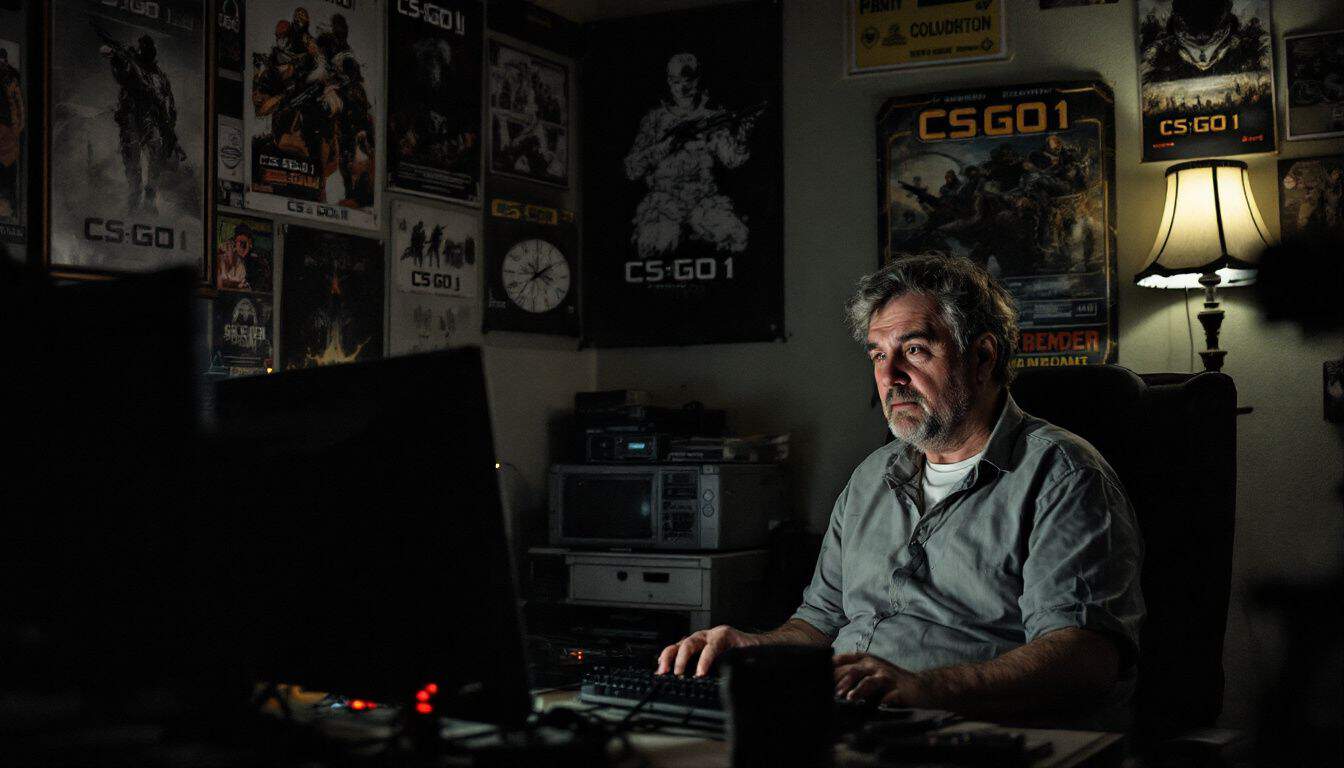
CS:GO 1 still exists in some form, despite Valve’s push toward Counter-Strike 2. Players can access older versions through specific Steam commands and community servers that maintain the classic experience.
Valve’s official statement

Valve recently announced that Counter-Strike 2 has officially replaced CS:GO. But don’t worry, Valve hasn’t simply left players stranded. The company decided to refund all subscriptions for CS:GO 360 during the transition.
I experienced this myself—the refund appeared directly in my Steam wallet without me having to do anything. Valve also noted clearly that Counter-Strike 2 runs on the newer Source 2 engine, moving on from the older Source engine that powered CS:GO since its 2012 release.
Valve emphasized this change wasn’t taken lightly. The company’s main priority is to serve casual players who enjoy modes like deathmatch, and pro gamers competing in esports tournaments.
They’ve upgraded the matchmaking system in Counter-Strike 2, keeping successful features from CS:GO and tackling previous issues that affected player experience. On top of that, Valve’s anti-cheat team promised stricter action against cheaters, a problem that’s plagued the Steam community over the past few years.
Availability of legacy versions

You can still access CS:GO through a special “LEGACY VERSION” inside CS2—it’s a handy feature from Valve. This mode lets fans enjoy the classic gameplay, even after the big leap to Counter-Strike 2.
I’ve tried it myself, and it runs smoothly for offline play whenever I crave that original CS:GO vibe. Plus, the Xbox 360 version of CS:GO still works fully online, giving console players their share of the action.
If you’re on Steam, you can open this legacy edition right from your library. But keep in mind—it doesn’t have all the online bells and whistles from the full version. Think of it as a limited beta tucked neatly inside CS2.
It preserves the original mechanics and intense gameplay that helped turn Counter-Strike: Global Offensive into an FPS icon.
Changes Introduced with Counter-Strike 2
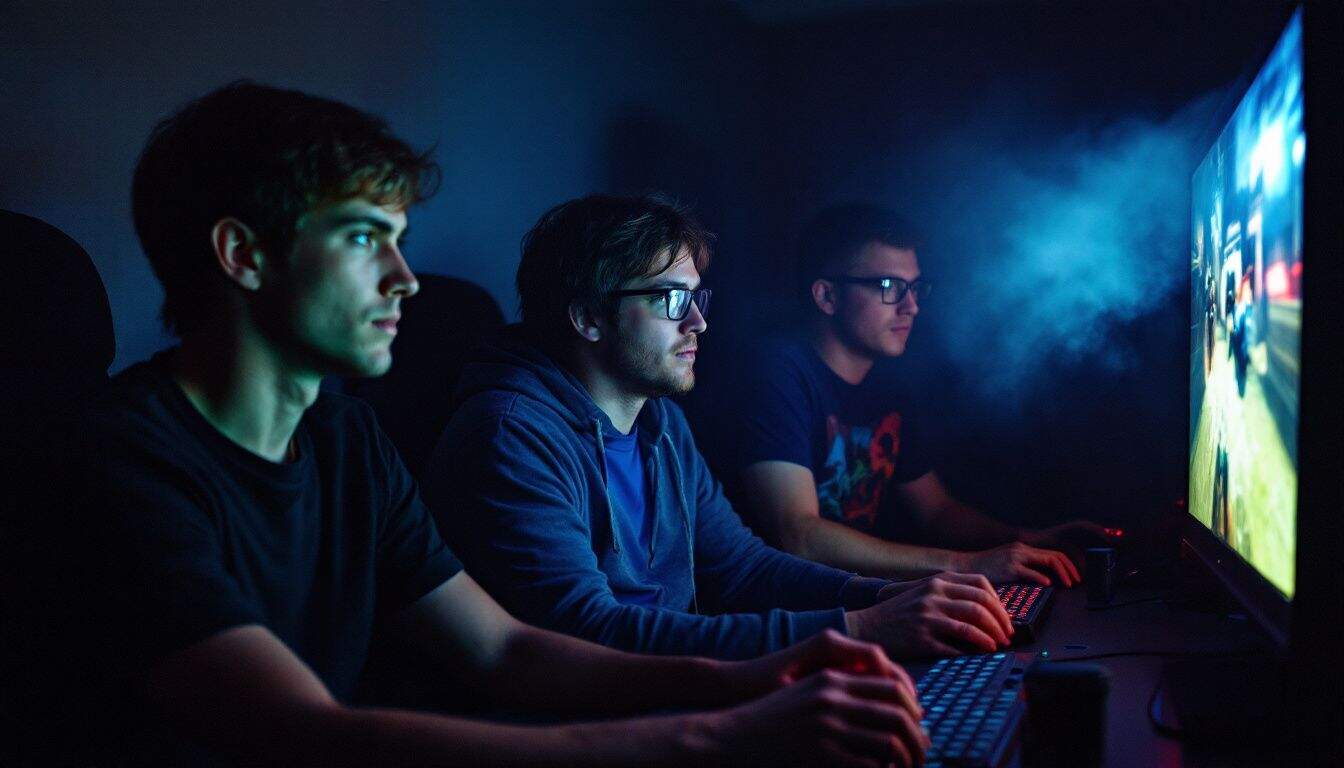
Counter-Strike 2 offers big improvements that noticeably change gameplay and overall feel. The new Sub-Tick system makes shooting feel much snappier, giving faster and smoother reactions during matches. Also impressive are the upgraded smoke grenades—these now react naturally with objects around them. Smoke dynamically fills and shapes around doorways, windows, or enclosed spaces, responding realistically to each player’s moves and environmental changes. This means bullets and grenades can disperse smoke temporarily, offering fresh tactical options that change the flow of battles. Every detail adds depth and excitement to matches, creating a lifelike, responsive Counter-Strike experience.
Updated graphics and engine

CS2 arrives with a striking visual upgrade you’ll notice immediately. The game now runs smoothly on Valve’s new Source 2 engine, leaving behind the older system used by CS:GO for years.
This upgrade creates richer lighting effects and sharper textures in every map. Beyond just looking better, Source 2 genuinely affects gameplay, altering the feel on your keyboard and mouse.
Source 2 isn’t just an update; it’s a complete reimagining of what Counter-Strike can be.
Even familiar maps that long-time players know inside-out are completely redesigned with Source 2. Enhanced smoke effects and detailed environments add realism, making the shooter experience fresh again.
Many players who transitioned to CS2 immediately notice the graphic improvements, bringing visuals closer to modern first-person shooters while keeping the original gameplay feel intact.
New features and mechanics
Counter-Strike 2 rolls out major upgrades that reshape gameplay and feel. Smoke grenades now behave like real 3D objects—bullets and HE grenades interact with them directly. Players can now strategically clear smoke with explosives or shoot holes through it for surprise attacks.
Servers also operate on a new sub-tick system, boosting the accuracy of your actions. Shots land more reliably, and character movements feel smoother than before in CS:GO 1.
Even the game’s audio received a total overhaul. Footsteps, gunshots, and bomb-planting sounds come across clearer, sharper, and more lifelike. Now, it’s easier to pick up clues about enemy positions by sound alone.
All these improvements run smoothly on Valve’s Source 2 engine. Best of all, this upgrade is free for everyone who already owned CS:GO.
Can You Still Play CS:GO 1?

CS:GO 1 still lives on through special community servers where players gather to enjoy the classic version. You can also play offline with bots if you download the game files before they vanish from Steam’s library.
Accessing community servers
Community servers are still keeping CS:GO alive, even after Valve pulled it from the Steam store. Every day, tens of thousands of players hop onto these custom maps and servers to enjoy old-school Counter-Strike fun.
Here’s exactly how you can get in on the action:
- Find community servers easily through the Steam server browser—servers appear sorted by how many players are online and their ping.
- POPFLASH provides a matchmaking system just for CS:GO 1 players looking to join competitive matches.
- Filter the server browser to search by specific maps, game modes, or the number of people playing, letting you quickly jump into matches you prefer.
- Custom servers often host unique game types—like surf maps or zombie escape—that don’t exist in the standard Valve edition.
- Many gaming communities operate their own dedicated servers and have active admins who swiftly ban cheaters.
- You can add frequently visited servers to your favorites list, speeding things up the next time you want to join in.
- Some servers still run old versions of popular maps that were updated or removed in Counter-Strike 2.
- The Steam Workshop remains active and lets you download user-made maps and skins to use on these community servers.
- Free-to-play access allows new players to join the CS:GO scene easily through these community servers.
- Voice chat and team communication work exactly like before, offering the same familiar experience you enjoyed in the original game.
Offline play options
CS:GO still lets you play offline, even after Counter-Strike 2 launched—just use the legacy version through Steam.
- Bot Matches: Create personalized games against AI opponents, choosing difficulty anywhere from easy to expert, perfect for sharpening your skills.
- Local Server Setup: Launch your own offline server to test maps, fine-tune tactics, or practice weapon handling—without lag or distractions from other players.
- Weapon Course: Use CS:GO’s built-in training mode to practice core game skills and boost your aim with shooting range drills.
- Demo Playback: Replay matches you’ve recorded earlier, offline, to spot key strategies and refine your playing style.
- Workshop Maps: Before going offline, grab custom maps from Steam Workshop, letting you train with targeted scenarios or focused aim exercises.
- Legacy Version: Simply pick “LEGACY VERSION OF CS:GO” from your Steam library, and you’re free to use the original game’s offline modes.
- Offline Inventory: Browse and sort your weapon skins and cosmetic gear anytime, without needing an internet connection.
- LAN Multiplayer: Directly connect several computers over a local network, enabling multiplayer matches without online connectivity required.
Players hold mixed feelings toward Counter-Strike’s changes since the days of the Source engine—some like the fresh direction, while others miss the classic feel.
The Community’s Reaction
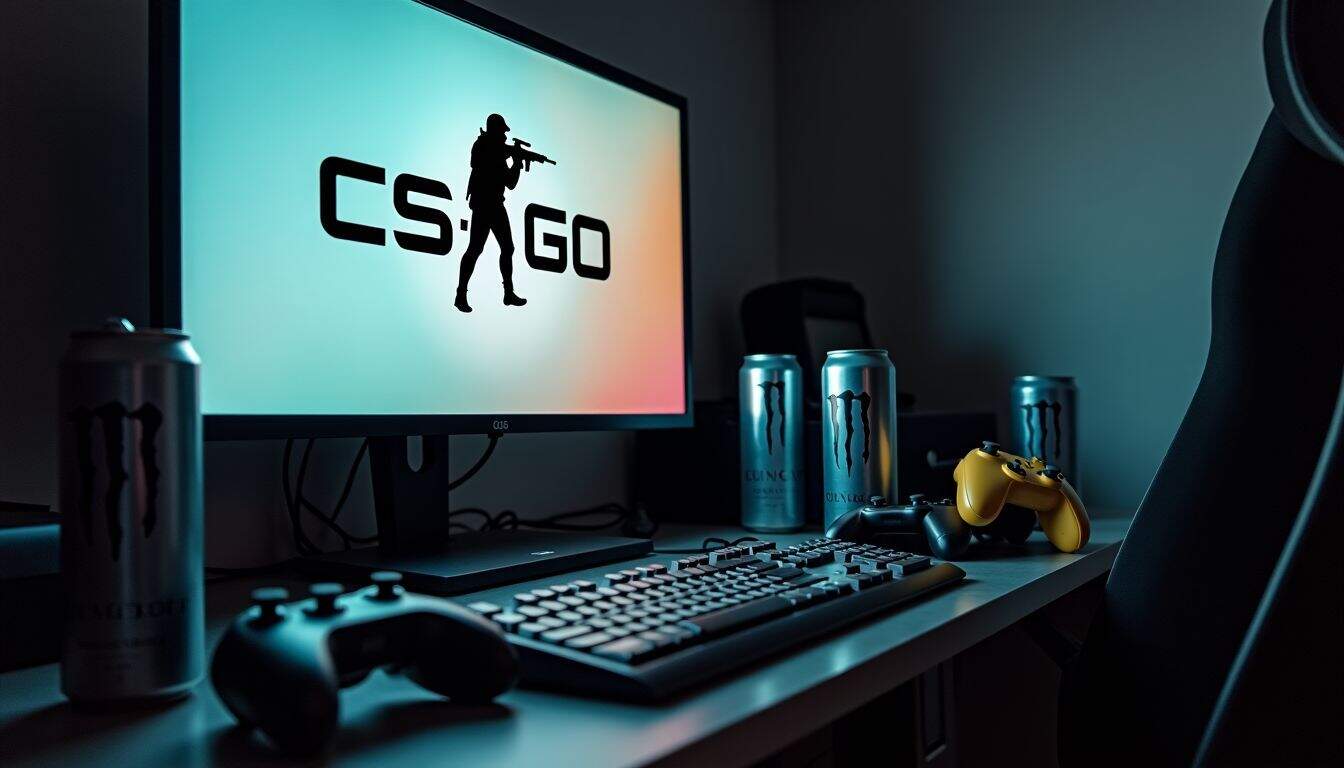
CS:GO fans have flooded social media with mixed feelings about the game’s fate. Some players miss the classic gameplay mechanics and familiar maps, while others embrace Counter-Strike 2’s improved graphics and smoother experience on Steam platform.
Nostalgia for CS:GO 1
Players have deep emotional connections to CS:GO 1, reaching far beyond basic gameplay. Many fans miss the old-school Source engine visuals and favorite maps, where they spent countless hours perfecting flick shots and team tactics.
For long-term gamers, the virtual market of weapon skins represents real cash—and cherished memories, too. On Steam forums, you’ll find lively stories about incredible clutch plays and late-night battles that sparked years-long friendships.
The dust2 long doors peek in CS:GO wasn’t just a game mechanic—it was where bonds formed and legends were born.
Gamers often express that Counter-Strike: Global Offensive hit a sweet spot between skill and sheer enjoyment, a balance they worry newer versions might struggle to deliver. And though some players criticized CS:GO’s microtransaction system, this mechanic sparked a unique culture of trading and collecting, something players poured years into.
FPS fans especially value tight, responsive controls and predictable weapon recoil, elements they fear future updates could compromise. The combination of mastered gameplay and personal ties makes leaving the original CS:GO challenging for its passionate community.
Mixed opinions about Counter-Strike 2
Counter-Strike 2 has gamers split right down the middle. Pro gamer Rasmus “HOOXI” Nielsen said CS2 still can’t match CS:GO in quality. Many forum discussions reflect the same feeling, with fans missing the smooth controls of the original.
After CS2 launched, Steam got flooded with thousands of negative reviews. Gamers mentioned hit detection bugs and unstable servers—issues that never occurred in the older Source engine.
Last week, I spent hours comparing the two editions side-by-side. The graphics in CS2 look fantastic, no doubt—yet gameplay somehow doesn’t feel quite right. Even skin trading changed: rare items lost some value because of new microtransaction rules.
Plenty of shooter fans say Valve released too early without solving critical problems. While the free-to-play format attracted newcomers, experienced users felt overlooked. The community’s input will decide how Valve moves forward—but for now, opinions stay firmly mixed on whether CS2 beats the earlier game.
Impact on Competitive Gaming
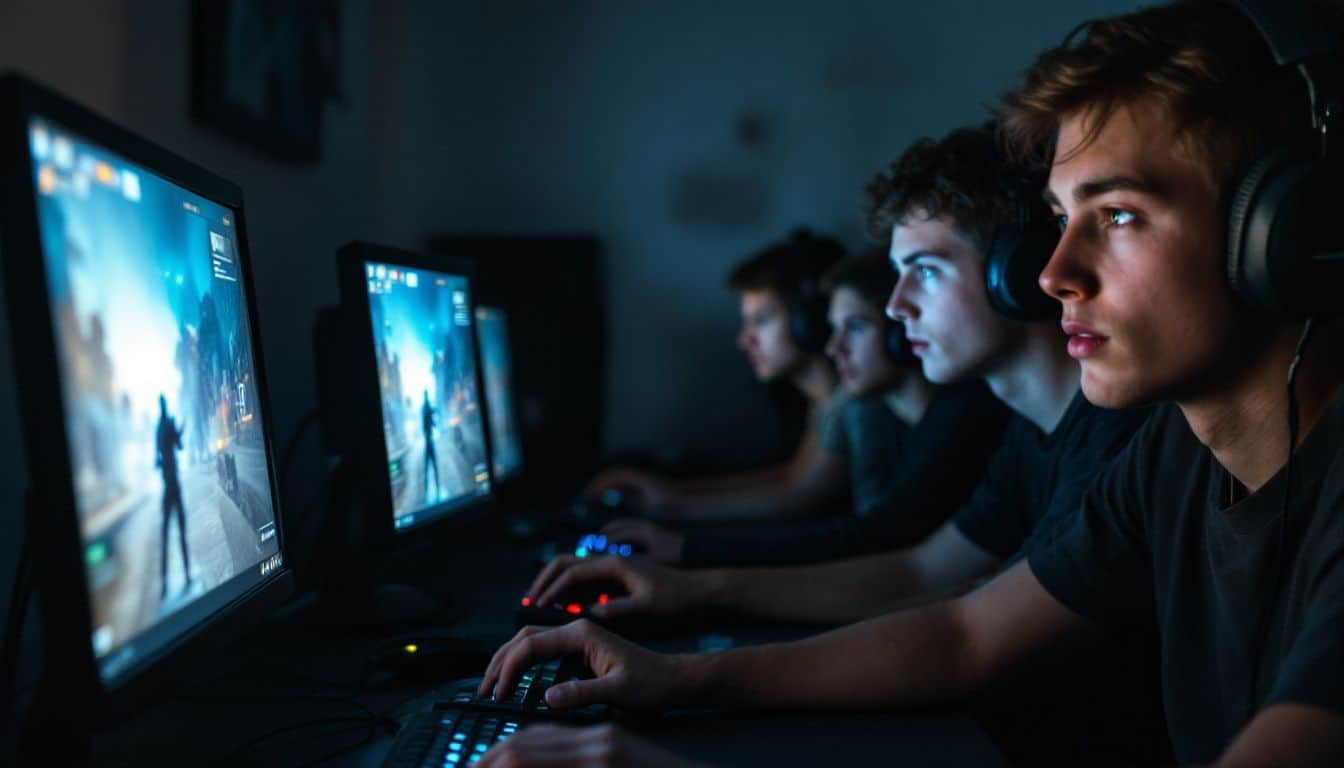
The switch to Counter-Strike 2 flipped the pro scene upside down, forcing teams to adapt their strategies overnight. Top players now scramble to master new smoke physics and sub-tick mechanics that changed the competitive meta.
Esports scene adjustments
Counter-Strike’s competitive scene changed dramatically after CS2 took over from CS:GO. By 2024, prize pools rose sharply—to a huge $20.83 million—attracting fresh talent and seasoned players alike.
Popular matchmaking services, including FACEIT, moved entirely to CS2, pushing teams to quickly adapt or risk falling behind. Pros faced plenty of adjustments—learning different smoke setups, mastering recoil changes, and getting comfortable with the new graphics system.
Now, in 2025, competitive shooters face another critical turning point. Major tournaments, like the Cyberathlete Professional League, run events exclusively on CS2. Teams need new strategies to handle CS2’s fresh game mechanics, while audiences eagerly watch their favorite pros either dominate—or struggle to keep pace.
This situation echoes a similar shift years ago, when Counter-Strike: Source replaced the classic 1.6 version, emphasizing how esports continues to shift as its games change.
Player adaptation to new gameplay
Pro gamers quickly adapted their playstyles after Counter-Strike 2 replaced CS:GO in 2023. They faced the task of learning updated smoke lineups and adjusting to the modified physics engine.
Elite competitors, such as Danil “donk” Kryshkovets, rapidly mastered these adjustments—becoming the top earner in CS2 tournaments. The redesigned mechanics of this popular shooter forced experienced players to reconsider strategies they’d relied on for years.
The game’s massive community handled the transition smoothly as well. By January 2025, Counter-Strike 2 achieved an impressive 1.59 million simultaneous players, clearly indicating strong fan approval.
Many esports teams even built special practice maps to learn the altered recoil patterns. Meanwhile, the game’s weapon skin market carried over seamlessly, making the switch easier for longtime collectors with valuable inventories.
Steam discussions buzzed with player-generated advice, as gamers swapped useful pointers for improving movement and aiming in the updated gameplay.
How Will Counter-Strike Evolve in 2025?
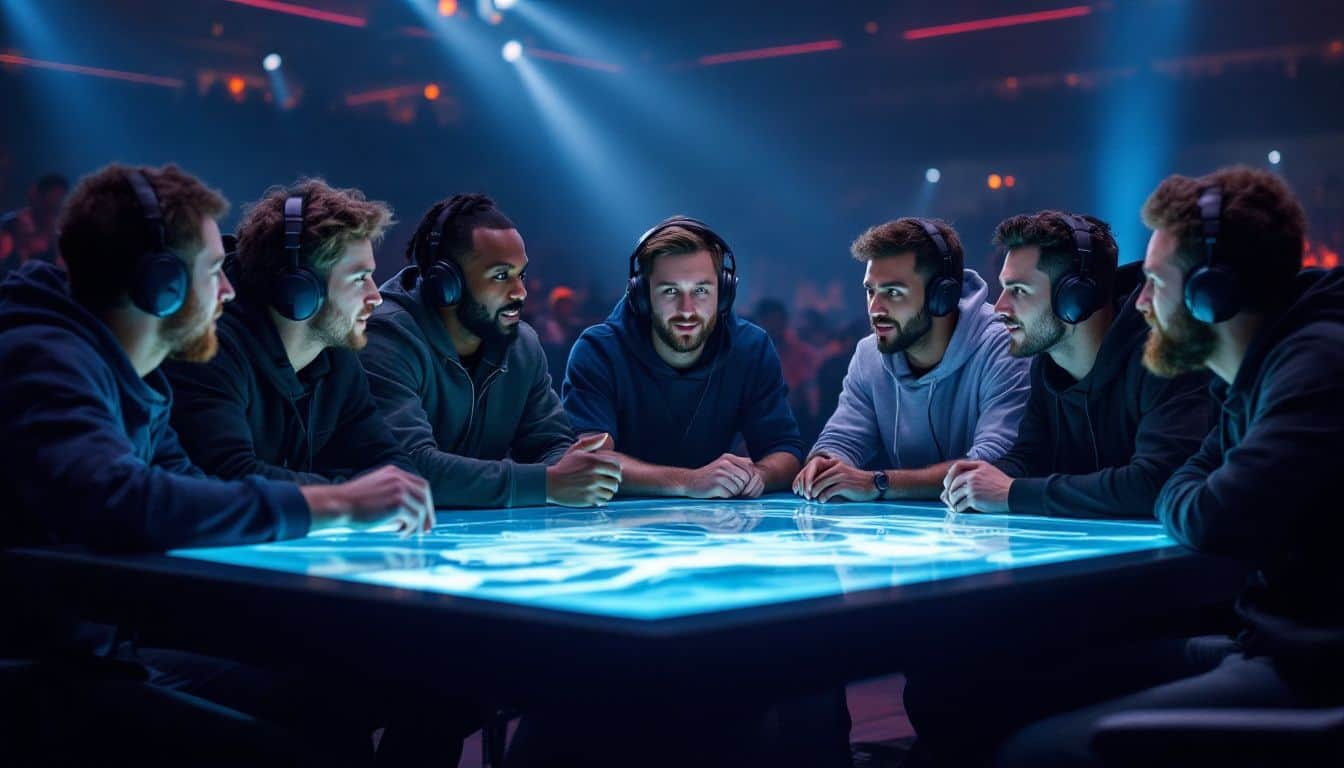
Counter-Strike has exciting changes ahead, especially with its revamped tournament structure. The shift to an open circuit means teams now need to earn their spots through skill, not reputation.
This approach offers rising stars, like Danil “donk” Kryshkovets, better chances at going pro. Already, several leading squads are mixing up their lineups to keep pace with Counter-Strike 2’s fresh gameplay.
Valve continues improving the Source engine, shaping the future of first-person shooters. Players might see more free content, alongside carefully balanced microtransactions. The game’s virtual economy—especially weapon skins—is likely to expand even further, though Valve must manage loot-box concerns carefully.
Competitive teams face a double challenge: mastering new mechanics and adapting quickly to tournament system changes to keep winning in 2025.
People Also Ask
Is Counter-Strike: Global Offensive completely gone in 2025?
Nope, CS:GO isn’t totally gone—it just evolved into something fresher. Many original features moved forward into the updated version, but the core gameplay still feels similar.
What happened to the Source engine that powered CS:GO?
Valve replaced the original Source engine with a newer, improved system. This update led to nicer graphics, smoother controls, and fewer technical annoyances that bothered players before.
Can I still access my old skins and loot boxes from CS:GO?
Yes, Valve made sure you kept all your skins and loot boxes—no worries there! Your items moved easily into the new version, kind of like how Team Fortress 2 handled player-created stuff before.
Does the new Counter-Strike have cross-platform multiplayer?
Absolutely! Now, friends on PC can easily join matches alongside friends playing with controllers on PlayStation consoles.
What happened to the Valve Anti-Cheat system from the original game?
Valve upgraded the Anti-Cheat system to tackle hackers more effectively. Cheating issues, including that coaching-bug scandal seen in earlier competitive matches, happen far less often now.
Is the new Counter-Strike free to play like CS:GO became?
Yes, it’s still totally free with the option to buy extra stuff if you want. Its battle-royale mode grew bigger, and Steamworks matchmaking integration helps you find online matches quickly.
References
https://eloking.com/blog/is-cs2-the-end-of-csgo
https://www.pcgamer.com/its-messed-up-and-weird-that-csgo-is-just-gone/
https://escharts.com/news/goodbye-csgo
https://hawk.live/posts/how-to-play-csgo-in-2025
https://bitskins.com/blog/cs-go-vs-cs2-what-changed/
https://www.pcgamesn.com/counter-strike-2/changes (2023-09-27)
https://eloking.com/blog/can-you-play-csgo-in-2024
https://d2e3a5v56wj8r4.cloudfront.net/files/CourseOfStudy.pdf
https://www.pcgamer.com/its-not-better-than-csgo-yet-not-even-closewhat-counter-strike-pros-think-of-cs2/ (2023-09-27)
https://escharts.com/news/counter-strike-esports-2025 (2025-01-13)
https://www.statista.com/statistics/808630/csgo-number-players-steam/ (2025-02-27)
https://www.researchgate.net/publication/228091955_Video_Games_and_Spatial_Cognition (2024-10-22)
